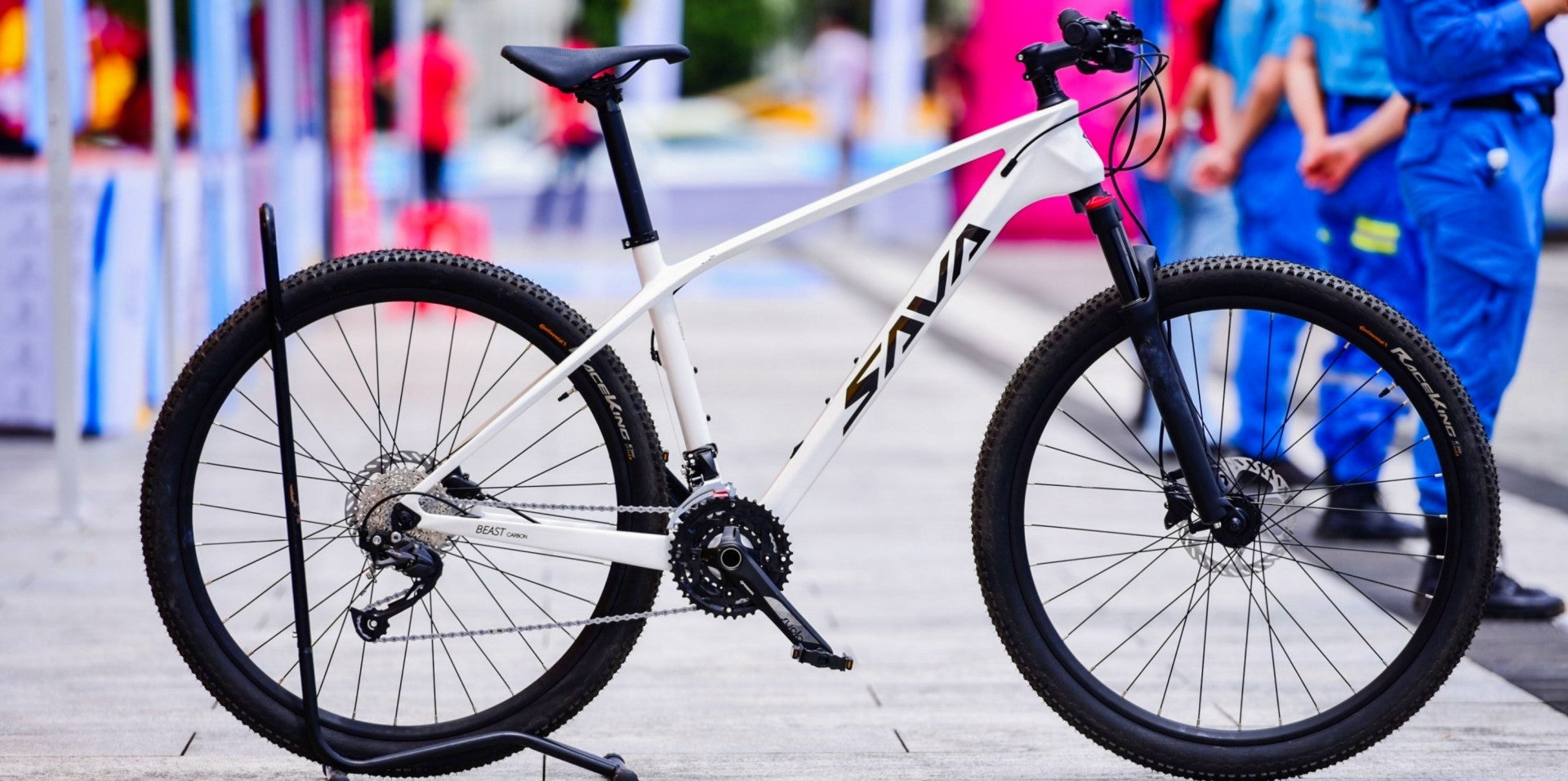12 Essential Gravel Bike Skills
What are the essential gravel bike skills?
Gravel biking has gained immense popularity in recent years, attracting both seasoned cyclists and newcomers to the sport. To fully enjoy the thrill and adventure of riding on unpaved roads, it's crucial to develop essential gravel bike skills. Whether you're planning a long-distance gravel race or a leisurely off-road ride, mastering these skills will enhance your safety, efficiency, and overall enjoyment.A gravel bike has a different frame geometry than a mountain bike. They have a steeper head tube angle and a lower bottom bracket angle. These features help gravel bikes be faster and more stable on rough terrain.
Let's explore the twelve essential gravel bike skills that every rider should develop.
1. Bike Handling and Balance
Gravel roads can be unpredictable, with loose surfaces and varying terrain.Developing excellent bike handling skills and balance is crucial to maintaining control and stability.Improving your bike handling skills will help you navigate through challenging sections, maintain control, and avoid accidents. Practice cornering, braking, and maneuvering on different surfaces to enhance your bike handling abilities.

2. Descending Techniques
Descending on gravel requires a different approach compared to road cycling. Learn how to distribute your weight, use your brakes effectively, and choose the right line to maintain stability and control while descending at high speeds on loose surfaces.When climbing hills and descending hills on a gravel bike, all the elements of good technique come into play. Here are a few tips to help you get up and down the mountain—not just in one piece, but in style.

3. Climbing Techniques
Gravel climbs can be steep and demanding. Mastering climbing techniques such as weight distribution, gear selection, and maintaining a steady cadence will help you conquer challenging ascents with confidence and efficiency.

4. Line Selection
Choosing the right line is crucial for a smooth and safe gravel ride. Learn how to read the terrain, anticipate obstacles, and select the optimal line to maintain momentum and avoid hazards.

5. Bike Maintenance
Gravel riding can be tough on your bike. Knowing how to perform basic maintenance tasks such as cleaning, lubricating, and fixing minor mechanical issues will keep your bike in top condition and prevent breakdowns during your rides.

6. Tire Pressure Management
The right tire pressure is essential for optimal performance on gravel. Experiment with different tire pressures to find the sweet spot that provides sufficient traction and comfort while minimizing the risk of flats.

7. Riding in Loose Gravel
Loose gravel can be challenging to ride on, but with the right technique, you can maintain control and stability. Practice weight distribution, maintaining a relaxed grip on the handlebars, and using your body to absorb vibrations. If you feel your wheels rolling on a loose surface, the natural reaction is to tighten your grip on the handlebars. However, this will make you more likely to fall. Conversely, try to relax as much as possible. stresses the whole body muscles of the arms, shoulders and face,

8. Bike Control on Rough Terrain
Gravel roads often feature rough and uneven surfaces. Develop your bike control skills by practicing riding over rocks, roots, and other obstacles. Learn how to maintain balance, adjust your body position, and absorb shocks to ride smoothly over rough terrain.

9. Handling Potholes and Ruts
Potholes and ruts can pose a challenge on gravel roads. Learn how to navigate through them safely by unweighting your bike, maintaining a stable line, and using your arms and legs as suspension to absorb impacts.

10. Riding in a Group
Gravel group rides are a great way to socialize and learn from other riders. Familiarize yourself with group riding etiquette, communication signals, and maintaining a consistent pace to ensure a safe and enjoyable experience for everyone.

11. Nutrition and Hydration
Long gravel rides require proper nutrition and hydration. Learn how to fuel your body with the right balance of carbohydrates, proteins, and electrolytes to maintain energy levels and prevent fatigue.

12. Navigation and Route Planning
Gravel riding often takes you to remote areas with limited signage. Develop navigation skills and learn how to plan routes using GPS devices or maps to avoid getting lost and make the most of your gravel adventures.
By honing these twelve essential gravel bike skills, you'll become a more confident and capable rider. Remember to always prioritize safety, wear appropriate protective gear, and enjoy the thrilling experience of exploring the world on your gravel bike.










Leave a comment